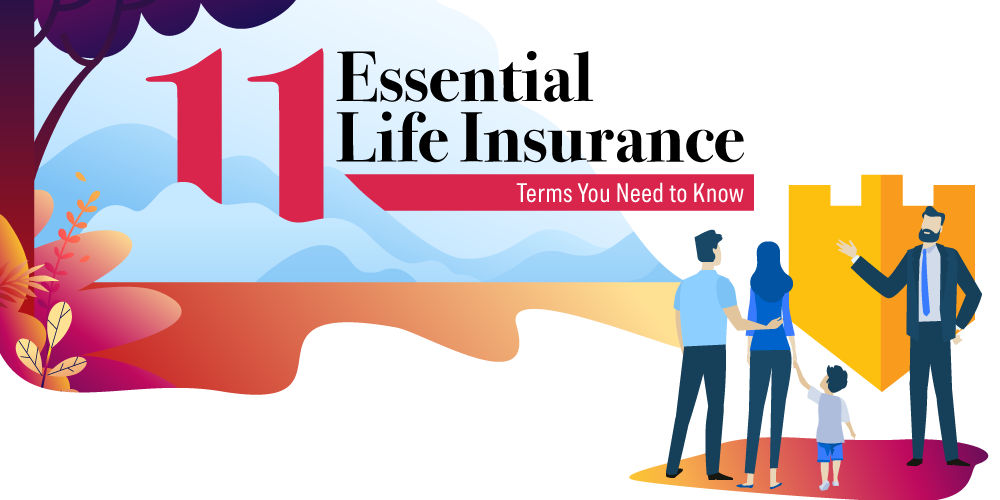Source: Insurance Commission Annual Reports
Based on the figures from the graph, one can only surmise that VUL insurance is consistently gaining traction because people are convinced that it is a good investment. VUL is a total package that lets you benefit from its insurance and investment components simultaneously.
Indeed, VUL insurance is highly suited for individuals who want to place their money in a profitable venture, so they can gain more than what they’ve paid for.
What is VUL, and how does it work?
The term variable universal life (VUL) combines the principles of variable life insurance and universal life insurance. Both types of insurance come with an investment component, but universal life gives policyholders the option to invest and adjust their insurance coverage with more flexibility.
Here’s how it works.
VUL insurance is insurance with investment, which means a portion of the premiums you pay is invested in mutual funds, bonds, or stocks. This approach allows you to build your investment assets, creating a cash value for your policy over time.
Suppose the cash value of your VUL insurance performs well. In that case, the death benefit in your policy may also increase—which is why VUL is also known as variable appreciable life insurance.
VUL is also a type of permanent insurance life product where you are protected or covered by your policy for a lifetime as long as your premiums are paid. VUL insurance comes with a death benefit to be paid to your beneficiary upon your passing.
How is VUL different from traditional insurance?
As mentioned, VUL bundles insurance with investment or savings. This makes your monthly premiums higher since you’re paying for both your death benefit and the cash value of your policy.
And just like having a savings account in a bank, having VUL insurance allows you to withdraw or borrow money from whatever cash value that your policy has accumulated.
In traditional insurance, you also get lifetime protection under your policy but without the investment component. This means your insurance doesn’t offer you the potential to earn money from your premium payments. You only need to pay a fixed premium to accumulate a cash value for your policy and secure a guaranteed death benefit for your beneficiary.
What are the pros and cons of VUL insurance?
Here’s a rundown of the advantages and disadvantages that can help you form a balanced perspective on VUL insurance:
- Flexible premiums vs. Rising premiums
As a VUL insurance policyholder, you have the freedom to choose the amount of your premium or death benefit, as well as the frequency of paying your premium. You can even use the accumulated cash value from your investment toward your premium payments, provided the former is enough to cover the latter.
On the flip side, if the cash value of your VUL insurance policy fails to meet pre-set targets, there’s a possibility that your premium will increase to ensure that the policy coverage remains in effect.
- Potential for high ROI vs. High-risk investment
VULs may give you a higher ROI than the cash value offered in traditional insurance since part of your VUL assets are invested in stocks or bonds. This can open up opportunities for your investment to grow over time.
However, you should also consider that the highly volatile stock and bond markets might affect your VUL’s potential to give something back out of your investment.
- Policy loans vs. Policy lapse
You’re allowed to make partial withdrawals or take out a loan from the cash value of your VUL insurance, but as you may expect, it comes with inevitable consequences. Diminishing cash value may put your VUL insurance at risk of a policy lapse. Hence, it’s important to pay back your loans on your policy on time.
So, should you get VUL insurance?
VUL insurance is one of the most popular types of life insurance because it allows policyholders to hit two birds with one stone—you can use your premium to have insurance coverage and receive some cash value after some time. If these benefits match your personal finance goals, then you have the perfect reason to get VUL insurance.
Making financial decisions requires help from professionals. When it comes to VUL insurance, you can get expert advice from BPI AIA Bancassurance Executives.



_FEB?ts=1697105024609&dpr=off)

